Understanding Why Individuals Living with Autism Spectrum Disorder (ASD) Frequently Misplace Items.
Living with Autism Spectrum Disorder (ASD) can present unique challenges in everyday life, one of which is the tendency to frequently misplace belongings. This phenomenon can be frustrating for individuals living with ASD and their families. Understanding the underlying reasons for this behaviour can help develop strategies to minimise the impact on daily living.
1. The Cognitive Profile of ASD
Individuals living with ASD often exhibit distinctive cognitive profiles. While many have exceptional abilities in specific areas, they may also experience challenges in executive functioning skills, which include planning, organisation, and working memory. These deficits can contribute to the tendency to lose items.
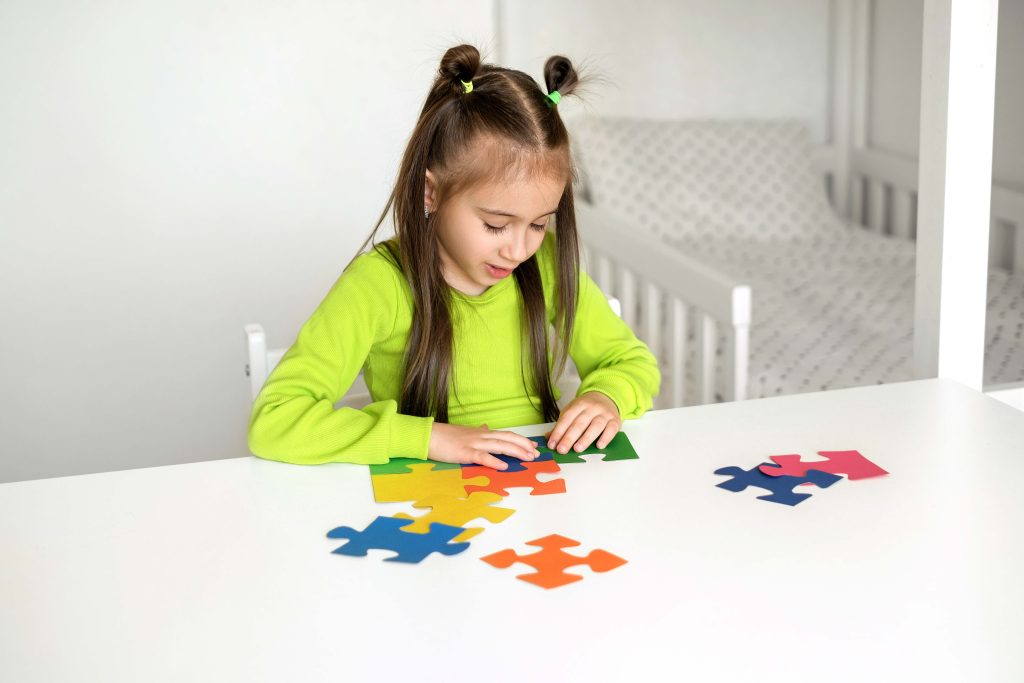
1.1 Executive Functioning Challenges
Individuals living with ASD often exhibit distinctive cognitive profiles. While many have exceptional abilities in specific areas, they may also experience challenges in executive functioning skills, which include planning, organisation, and working memory. These deficits can contribute to the tendency to lose items.
1.2 Sensory Sensitivities
Many individuals living with ASD experience sensory sensitivities, meaning they may be overwhelmed by stimuli in their environment. This can lead to a decreased focus on their immediate surroundings, causing them to overlook items or forget where they placed them [2]. For example, if someone is in a loud or chaotic environment, their ability to concentrate on keeping track of their belongings can be significantly impaired.
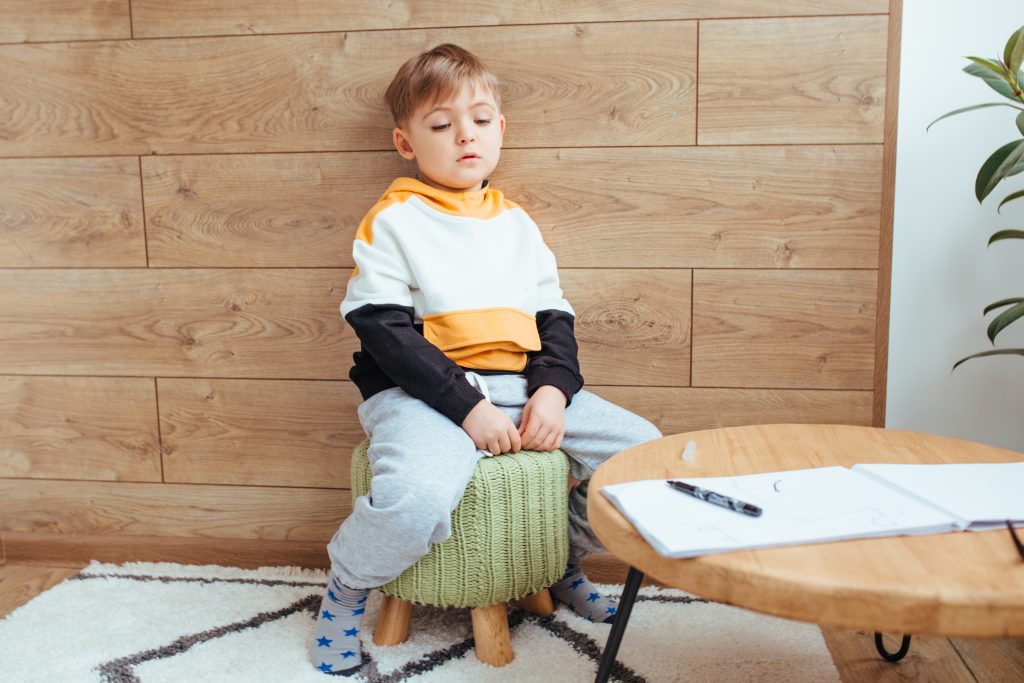
2. Memory and Attention
Attention and memory play crucial roles in our ability to keep track of possessions. Research indicates that individuals living with ASD often experience differences in attention and memory processes, which can further explain why they frequently misplace items.
2.1 Working Memory Issues
Working memory is the ability to hold and manipulate information in the mind over short periods. Many individuals living with ASD have working memory deficits, making it difficult to remember where they last placed something [3]. For example, if they put their keys down while distracted, they may struggle to recall that location later.
2.2 Attention Challenges
In addition to working memory issues, individuals living with ASD may also experience challenges with sustained attention. They may find it hard to focus on specific tasks, leading to forgetfulness regarding their belongings. For instance, if someone is engrossed in a particular interest or activity, they may not pay attention to their possessions, resulting in items being left behind or misplaced [4].
3. Rigid Thinking Patterns
Many individuals living with ASD exhibit rigid thinking patterns, which can impact their organisational skills and ability to adapt to changing circumstances. This rigidity can lead to challenges in managing and tracking personal items.

3.1 Difficulty with Flexibility
Individuals living with ASD may struggle with flexibility, making it challenging to adapt when their routine is disrupted. If a person is accustomed to placing their items in a specific location, any change in that routine—such as moving furniture—can lead to confusion and misplacement of belongings [5].
3.2 Literal Interpretation of Instructions
Another factor is the tendency for individuals living with ASD to interpret instructions literally. When asked to “put things away,” they may not fully grasp the concept of organisation. Instead of systematically storing items in designated places, they may drop them in random locations, increasing the likelihood of losing them [6].

4. Emotional Factors
Emotions can significantly affect behaviour, and this is particularly true for individuals living with ASD. Stress, anxiety, and emotional regulation difficulties can lead to increased instances of misplacing items.
4.1 Anxiety and Overwhelm
Anxiety is prevalent among individuals living with ASD, and stressful situations can exacerbate challenges related to memory and attention. When feeling anxious, a person may become more forgetful or scatterbrained, leading to misplaced items. For example, during a particularly stressful day, someone might forget their backpack at school or leave their wallet at a café [7].
4.2 Emotional Regulation Difficulties
Many individuals living with ASD struggle with emotional regulation, making it difficult for them to manage their feelings effectively. When emotions run high, focusing on external tasks—like keeping track of belongings—can become overwhelming. This emotional turmoil can lead to increased instances of losing items [8].
5. Social Communication Challenges
Individuals living with ASD often face difficulties in social communication, which can further contribute to the challenge of keeping track of their belongings.

5.1 Difficulty with Nonverbal Cues
People living with ASD may struggle to interpret nonverbal cues, such as body language and facial expressions. This can impact their awareness of their surroundings and the people in them [9]. For example, if someone is distracted by social interactions, they might lose track of where they placed their items.
5.2 Communication Breakdowns
Communication difficulties can also lead to misunderstandings about responsibilities or expectations regarding personal belongings. If a person living with ASD does not clearly understand where they are supposed to keep their items, they may inadvertently misplace them [10].
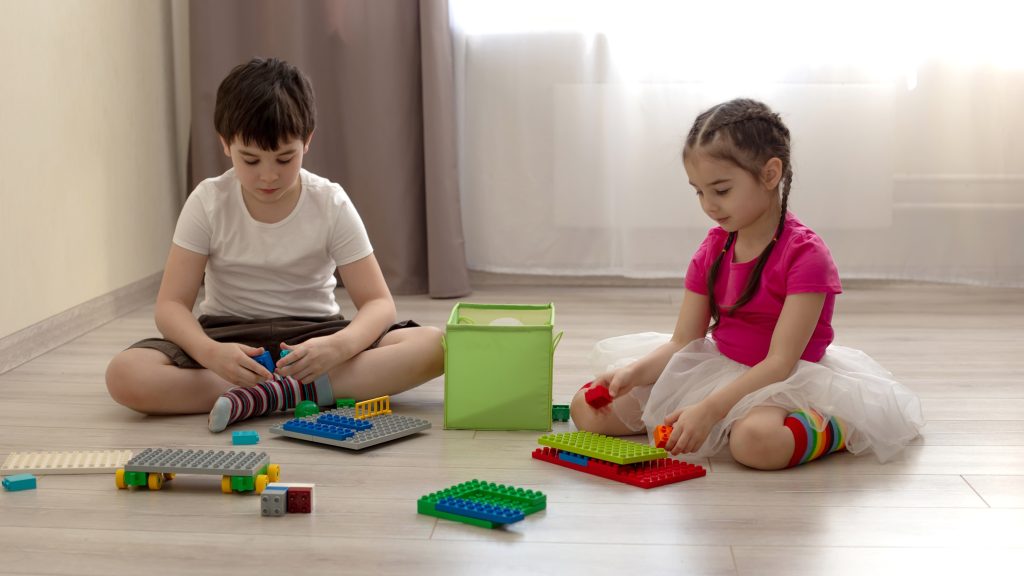
6. Strategies to Help Minimise Misplacement
Establishing a consistent system for organising and storing belongings can greatly assist individuals living with ASD. Designating specific locations for items and using labels can provide clarity and structure [11]. For example, using colour-coded bins or baskets for different types of items can help create an organised system.
6.1 Create a Consistent System
Establishing a consistent system for organising and storing belongings can greatly assist individuals living with ASD. Designating specific locations for items and using labels can provide clarity and structure [11]. For example, using colour-coded bins or baskets for different types of items can help create an organised system.
6.2 Use Visual Aids
Visual aids, such as checklists, reminders, or picture schedules, can be beneficial for individuals living with ASD. These tools can help reinforce memory and provide reminders about where items should be placed [12]. For instance, a visual checklist of essential items to take when leaving the house can be helpful.
6.3 Practice Mindfulness Techniques
Mindfulness techniques can assist individuals living with ASD in becoming more aware of their surroundings. Simple practices, such as deep breathing exercises or grounding techniques, can help improve focus and attention, making it easier to keep track of belongings [13].
6.4 Encourage Routine
Establishing a daily routine can help individuals living with ASD develop habits around managing their belongings. When tasks related to organisation and storage become habitual, the likelihood of misplacing items decreases [14]. For example, setting aside a specific time each day to check for and organise personal items can be beneficial.
6.5 Foster Independence
Encouraging independence in managing personal belongings can empower individuals living with ASD. Providing opportunities for practice and reinforcement can help build confidence and competence in keeping track of items [15].
Understanding why individuals living with Autism Spectrum Disorder frequently misplace items requires a multi-faceted approach, considering cognitive, emotional, and social factors. By recognising these underlying challenges, we can better support individuals living with ASD in developing strategies to minimise the impact of misplacing belongings on their daily lives.
Implementing consistent systems, utilising visual aids, practising mindfulness, establishing routines, and fostering independence are all effective strategies that can contribute to improved organisational skills.
At Raise Your Spirit, we let research guide our programmes. By integrating evidence-based strategies into our initiatives, we aim to empower individuals living with ASD and their families to navigate daily challenges more effectively. We believe in creating a supportive and inclusive environment where individuals can develop essential skills to enhance their daily living experiences. As we continue to raise awareness about ASD and its implications, we strive to build a community that uplifts and inspires those navigating these challenges.


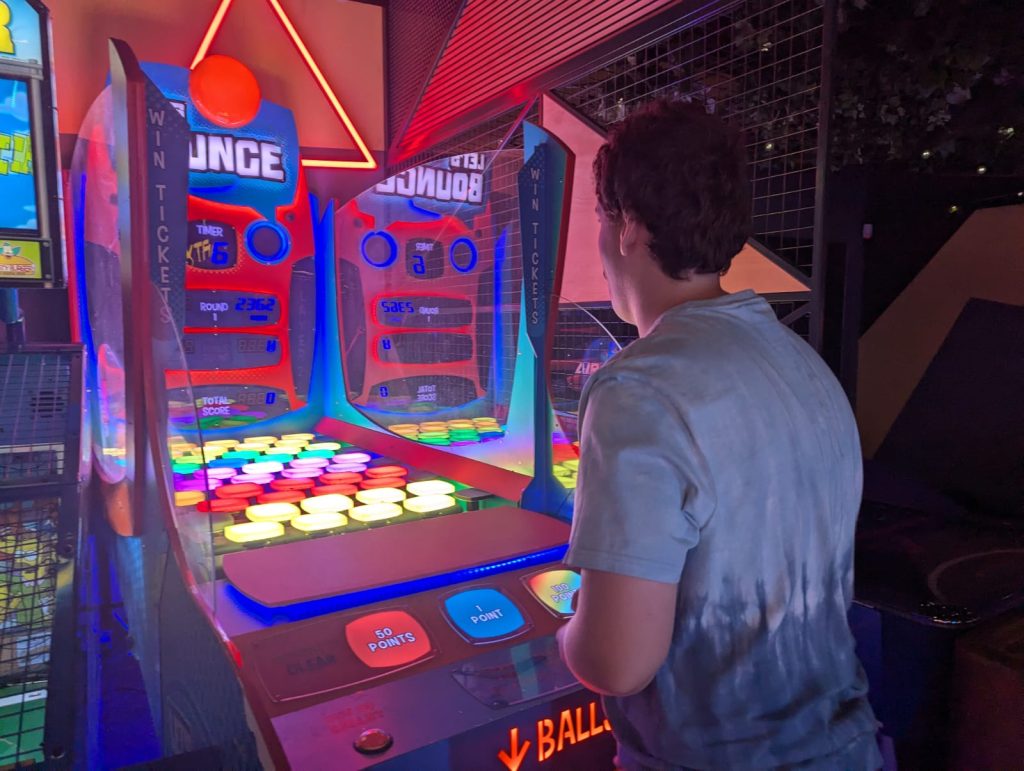

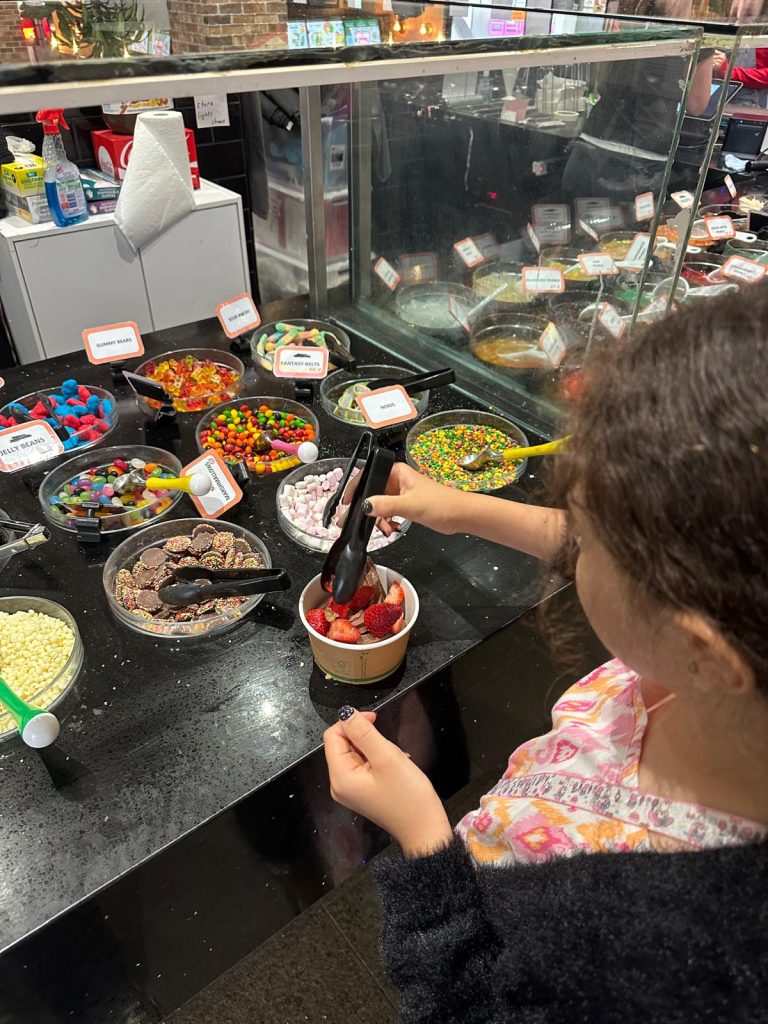


References
- Pennington BF, Ozonoff S. Executive functions and developmental psychopathology. J Child Psychol Psychiatry. 1996;37(1):51-87.
- Dunn W. The Impact of Sensory Processing on the Occupational Performance of Children with Autism Spectrum Disorders. J Occup Ther Sch Early Interv. 2010;3(1):1-10.
- Alloway TP, Gathercole SE. Working memory and executive function: a review of neuropsychological and cognitive data. Neuropsychol Rev. 2006;16(2):103-113.
- McIntosh DN, Miller LJ, Shyu V, Dunn W. Sensory Modulation and Behavioral Emotional Regulation in Children. Occup Ther J Res. 1999;19(1):12-22.
- Happe F, Frith U. The weak central coherence account of autism. In: Understanding Autism: From Basic Research to Intervention. 2010; 89-104.
- Klinger LG, Dawson G, Renner P, et al. The role of language in the development of social skills in children with autism. In: Advances in Autism Research. 2007; 45-64.
- Ghaziuddin M, Tsai LY. Emotional Problems in Children with Autism. J Autism Dev Disord. 1998;28(2):113-121.
- Boulanger B, Adams G. Emotional regulation in children living with autism spectrum disorders: An intervention perspective. Focus Autism Other Dev Disabl. 2009;24(4):199-208.
- Frith U. Mind blindness and the brain in autism. In: The Handbook of Autism: A Practical Guide. 2003; 20-34.
- White SW, Ollendick TH, Scahill L. Anxiety in children living with autism spectrum disorder. Clin Psychol Rev. 2009;29(3):216-229.
- McGreevy P. Strategies for working with children living with autism spectrum disorders. Child Care Health Dev. 2005;31(5):555-564.
- Becker K, Deneve J. Visual Strategies for Teaching Students living with Autism. Autism. 2012;16(4):225-240.
- Dykens EM. Mindfulness techniques for children living with autism. Autism. 2016;20(1):1-7.
- Leblanc LA, Gillis J, Serna C. A comprehensive approach to teaching children living with autism. Psychol Schools. 2009;46(8):735-752.
- Suh D, Alper R. Fostering independence in students living with autism: Strategies and tools for success. Int J Spec Educ. 2017;32(3):715-726.
